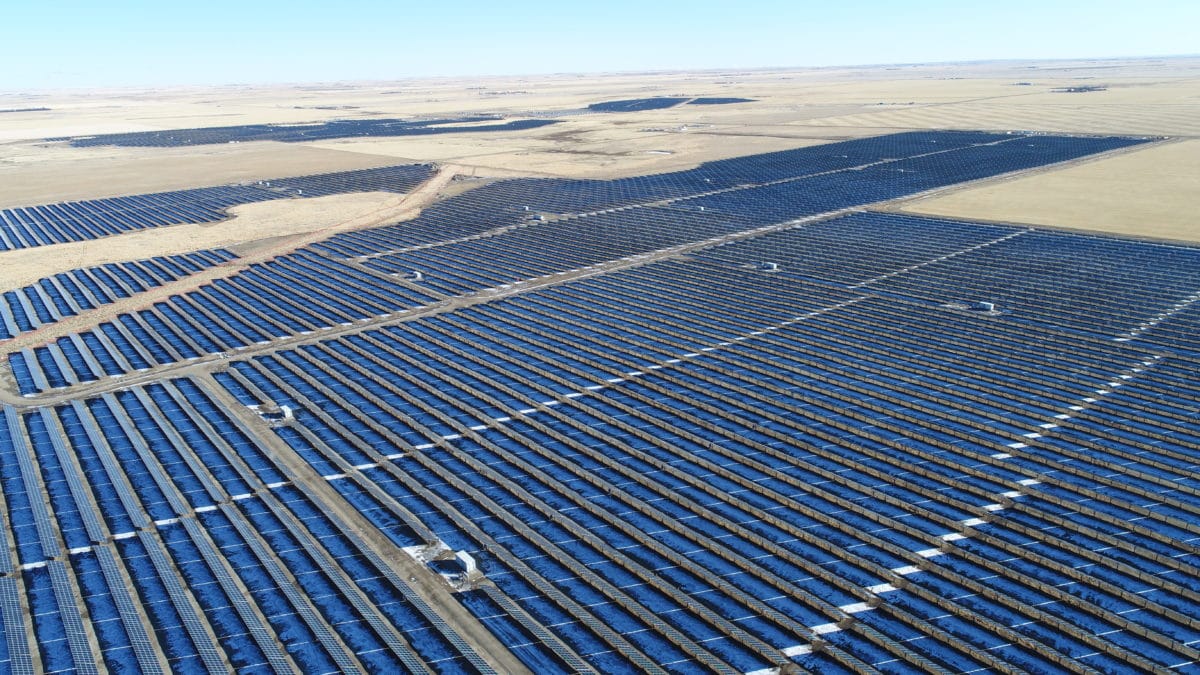A new report, The New Reality, from Clean Energy Canada and Navius Research, forecasts that by 2030 clean energy jobs in Canada will grow almost 50% to nearly 640,000 under the federal government’s new climate plan.
Canada’s clean energy sector currently employs around 430,500 people. Over the same time period, Canada’s fossil fuel sector is forecast to experience a 9% drop in employment. In raw numbers, the 208,700 new clean energy jobs that are expected to be added by 2030 exceed the 125,800 likely to be lost in fossil fuels.
“Oil and gas may have dominated Canada’s energy past, but it’s Canada’s clean energy sector that will define its new reality,” said Merran Smith, the group’s executive director in introducing the report.
Alberta is forecast to see 71,700 jobs in its clean energy sector by 2030, a 164% increase over 2020 and the greatest increase of any Canadian province. The province is home to Canada’s largest oil and natural gas production fields. Saskatchewan also is forecast to see its clean energy jobs double.
The report said that by 2030, clean energy will make up 29% of Canada’s total energy GDP, up from 22% in 2020. The fastest-growing clean energy industry is expected to be electric vehicle technology, with jobs forecast to grow to 184,000 in 2030. Another industry expected to grow is hydrogen consumption technology, with jobs expected to grow 27% per year between 2025 and 2030, employing 21,900 workers by 2030.
Coalition will push for federal direct pay
A new group has been formed to focus on advancing what it says is “much needed” changes to the federal tax code to advance clean energy opportunities. The Partnership for Clean Energy Investment includes Advanced Energy Economy, Ameresco, Apex Clean Energy, Brookfield Renewable Partners, Intersect Power, Third Way, and CleanCapital.
The group said that the production tax credit (PTC) and investment tax credit (ITC) are primary tools to help incentivize development and financing. Both rely on tax equity markets that exist due to what it said is a “fundamental misalignment” between the PTC and ITC and their real-world application. It said many developers find themselves with little or no initial tax liability, since projects will not generate taxable profits until after development is complete. That makes it difficult to access available clean energy policy incentives.
Tax equity financing has emerged in which clean energy developers trade future tax credits for building solar and wind to banks in exchange for upfront investment. The banks then use the tax credits to reduce their own tax liability from their regular financial activities. Banks charge what the group said is “a significant premium” for this service and many developers are unable to participate.
The partnership said it will advocate for 100% direct pay for clean energy tax credits and push for legislation and action aimed at fixing clean energy finance shortcomings.
Coal stack falls
Florida Power & Light toppled a 495-foot stack at its last coal-fired power plant, marking the start of demolition work on the Indiantown Cogeneration plant in Marin County northwest of Orlando. Once the land is cleared, the utility will begin development a solar energy, using portions of the plant’s existing infrastructure.
In addition, Gulf Power, a part of FPL that serves customers in Northwest Florida, ceased coal-fired power generation at its Plant Crist in Escambia County near Pensacola earlier this year. The plant was modified to run on natural gas.
Cybersecurity partnership
Control system provider Dragos Inc. and the North American Electric Reliability Corporation‘s (NERC) Electricity Information Sharing and Analysis Center (E-ISAC) announced a joint initiative to strengthen cybersecurity in the North American electricity industry.
The initiative enables E-ISAC analysts to gain greater visibility into industrial control system cyber threats through Dragos’s Neighborhood Keeper technology. E-ISAC analysts will have the ability to view aggregate information about threat analytics and Indicators of Compromise (IOC) as they are detected, and then share insights and trends with E-ISAC members.
Neighborhood Keeper was developed with the support of an award from the U.S. Department of Energy, and is a opt-in, anonymized information-sharing network available to Dragos customers.
Imbalance market expands into Montana
The Western Energy Imbalance Market, operated by the California Independent System Operator, has expanded its footprint to Montana with the addition of NorthWestern Energy. Eight utilities have joined the market this year, and it now includes portions of Arizona, California, Idaho, Nevada, New Mexico, Oregon, Utah, Washington, Wyoming, and Montana. By 2023, an expected 22 participants will represent more than 83% of the load in the Western Interconnection.
The Western Energy Imbalance Market was formed in 2014 and is intended to find and deliver the lowest-cost energy to utilities, while enhancing reliability and reducing greenhouse gas emissions. The most recent quarterly results show the market has achieved $1.28 billion in cumulative gross benefits for its participants.
NorthWestern Energy provides electricity and natural gas to more than 743,000 customers in Montana, South Dakota, and Nebraska.
This content is protected by copyright and may not be reused. If you want to cooperate with us and would like to reuse some of our content, please contact: editors@pv-magazine.com.









By submitting this form you agree to pv magazine using your data for the purposes of publishing your comment.
Your personal data will only be disclosed or otherwise transmitted to third parties for the purposes of spam filtering or if this is necessary for technical maintenance of the website. Any other transfer to third parties will not take place unless this is justified on the basis of applicable data protection regulations or if pv magazine is legally obliged to do so.
You may revoke this consent at any time with effect for the future, in which case your personal data will be deleted immediately. Otherwise, your data will be deleted if pv magazine has processed your request or the purpose of data storage is fulfilled.
Further information on data privacy can be found in our Data Protection Policy.